1. The Wii U is Underpowered
The one of the most prominent explanations for Nintendo’s struggles is that the Wii U is underpowered compared to the competition. I am giving this one the side-eye because the power of hardware alone has never been a determining factor for the success of a system. In fact, since the 32-bit era, the weakest system has been the winner.
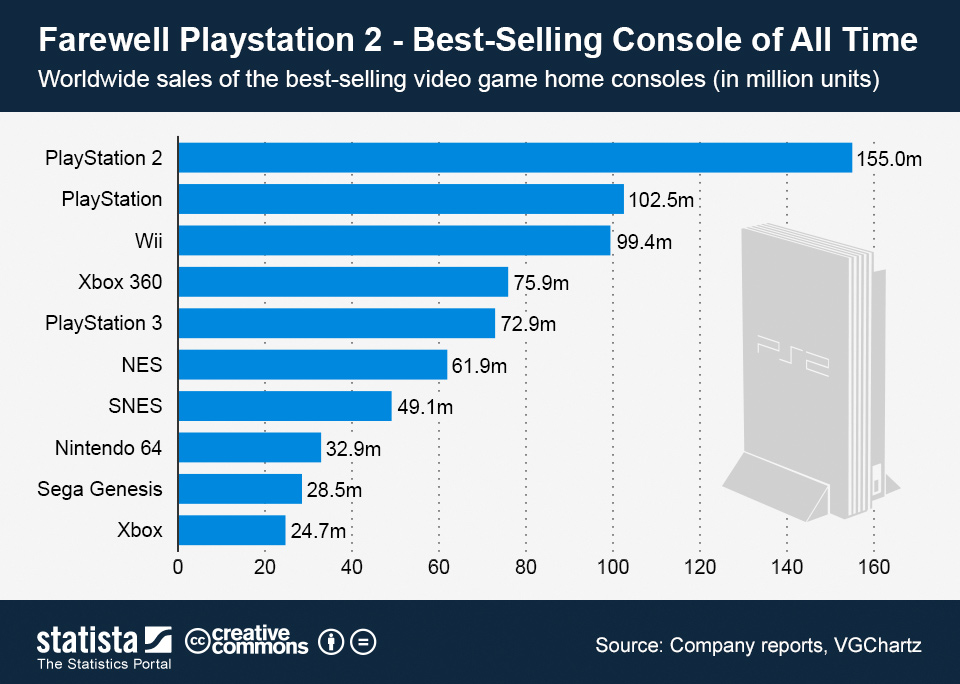
The first thing you should notice about this chart are the notable absences of the Sega Saturn, Sega Dreamcast (DC), and Nintendo GameCube. Both of the Sega consoles sold just under ten million units each while the GameCube (GDN) sold about twenty-two million. During the Wii U’s inaugural year, it was drawing comparisons to the GCN, but now, they say that it would be lucky to reach Dreamcast numbers.
Nevertheless, note the rankings of the top three systems, the PS2, PSX, and Nintendo Wii (I recognize the discrepancy between the Wii’s numbers in this image and in previous images; this is why one should never claim precision in video games sales). All three of those systems, ALL THREE OF THEM are indisputably the “weakest” of the systems available in their generation.
Let’s start the PSX going up against the Sega Saturn and the N64. Now according to legend the PSX was supposed to be more powerful than the Sega Saturn in terms of processing polygons, but weaker when it comes to producing sprites. You can check out a piece lenseoftruth.com did on Resident Evil for a polygonal comparison. While I don’t feel the differences between the two are that significant, we know which system won in the end with games like RE2 and MGS. Still, the Saturn was better when it came to 2D games, and this was most notable with animation-rich games like those build on Capcom’s CPS-2 board such as Marvel Superheroes and Darkstalkers.
Feel free to compare the two:
http://www.youtube.com/watch?v=7DpeMp8T2_k
http://www.youtube.com/watch?v=mT3OycuVbaA
There’s not much to say about the PSX vs N64. Nintendo’s system undoubtedly had more processing power. Just compare Doom 64, what many games consider to be the definitive retail version of the Doom 2 franchise (because Brutal Doom isn’t retail), to Doom PSX. Without question, the PSX enjoyed a larger library backed with FMV and cd-quality music which is why it won the “32-bit” era. But more on that later.
Playing games like Battle Arena: Toshinden is what proved to me that 2D was soon going to be thing of the past. Still, thank God for games like Castlevania: Symphony of the Night!!!
I’m not going to spend much time on the 128-bit era because there is not much one can say besides Sony cleaned house. The PS2 was indeed stronger than the Dreamcast, but not more than either the GCN or the original Xbox. Of course, the Xbox was a late entry in the 128-bit era, yet it still managed quite a respectable premiere into the gaming industry. On the other hand, Nintendo continued to lose ground while–and this is key here– FOR THE SECOND GENERATION IN A ROW DEPENDING ON HARDWARE JUST AS IF NOT MORE POWERFUL THAN ITS COMPETITION. There is no question that the PS2 achieved that ridiculous number of systems sold because of its built-in DVD player. Backwards compatibility with PSX games certainly didn’t hurt, either, a lesson Nintendo would learn with the Wii.
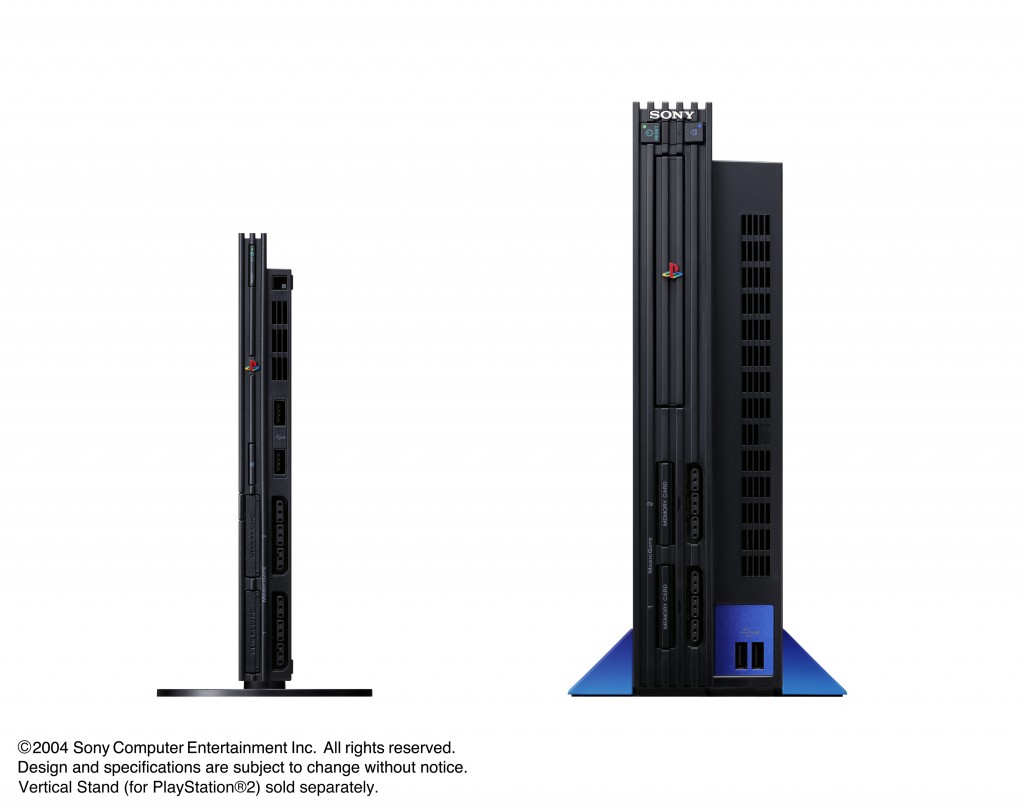
Like the PS2, we know the Wii was weaker than either the PS3 or the Xbox 360. That gen is fresh on everyone’s minds. Basically, Nintendo scaled back the hardware so that their system would be cheaper to produce and sell on the market. While Sony and Microsoft sold their systems at losses, Nintendo made a profit from every Wii, and that’s not including the things that a consumer such as I would purchase, such as multiple WiiMotes ($40 each), two Nunchucks ($20 each) two classic controllers ($20 each), a Balance Board ($40) and eventually, two WiiZappers ($???). Throughout its life, the Wii was several hundreds less than the PS3, and always cheaper than a 360. It also always came prepackaged with a certain game called Wii Sports, which, based upon the existence of PSMove, MS Kinect, and now soon, Oculus Rift, revolutionized video games. Despite a non-existent online infrastructure or HD graphics, the Wii is way up there in sales. As the 360 will taper off, the PS3 with its built-in blu-ray player can still catch up – long after its gen has ended. Some will consider that a technical victory, but those of us who were there know the truth.
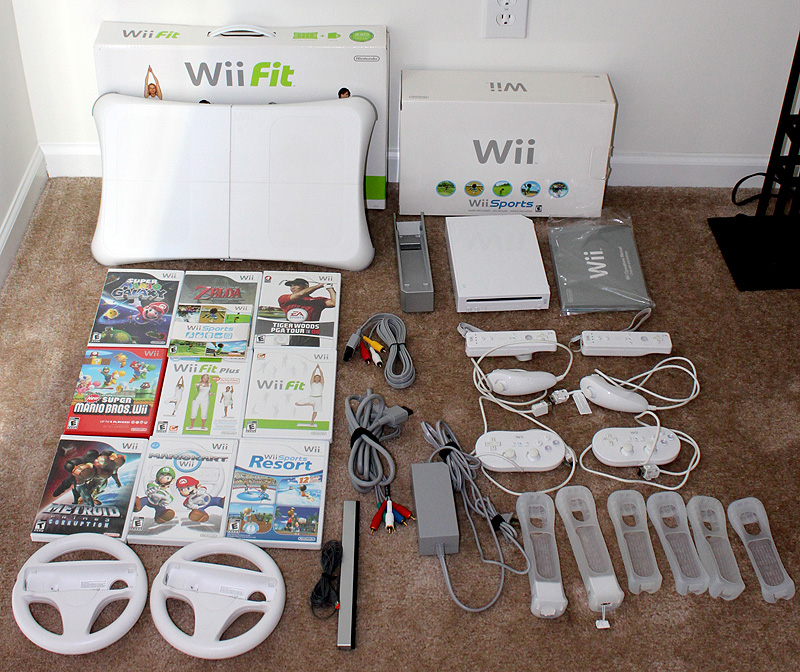
Likewise, in the present gen, it should be acknowledged that the “underpowered” theory concerning Nintendo’s current position is analogous to the system’s price. As I have already stated, many gamers observe the potential of the PS4 rather than its current library and uphold that $400 is an excellent price point. Alternatively, the Wii U at $300 , theoretically on par with the ~$250 PS3, is too expensive for what it has to offer. Certainly, there is merit to the idea that one would rather pay a cheaper price for a console with an already-established library (PS3) than a slightly more expensive price for a console whose library is in progress, though the Wii U’s backwards-compatibility provides the same access to the previous gen as well as the present, exposing that line of thinking as flawed. However, the majority of those who point out pricing as a demerit against the Wii U either already own a PS3 or sold their PS3s for a PS4 (or 360s for Xbones). Odd, because there really isn’t a single game worth owning on those systems right now, yet the vitriol proceeds to flow freely.
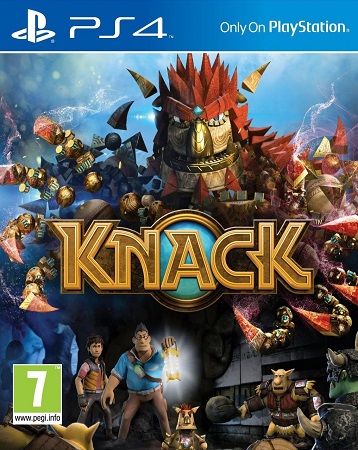
In other words, the power discrepancy of the Wii U is grossly exaggerated. At the time of this writing, we have yet to see any true “Next Gen” games beyond Super Mario 3D World, which is a Wii U release. Everything released for the PS4 and XboxOne thus far (Killzone: Shadow Fall and Call of Duty: Ghosts for example) are essentially upscaled PS3 and Xbox360 games. We’ll have to wait for Watchdogs, Titanfall, and/or inFAMOUS: Second Son in order to determine if the PS4 and Xbone are worth the price of admission, which will be quite a feat since the original Crysis still puts most console games to shame—that is, for those who consider themselves graphics virtuosos. To be quite honest, I was not all that impressed with the graphical output if the last gen HD consoles. Granted, the opening sequence of God of War III looked as good as a Disney/Pixar production, and the art direction in both Heavy Rain and L.A. Noire were staggeringly impressive and I hope to not just see, but feel something like that again someday, but I’m not sure if I was wowed the way I was when I experienced 60fps for the first time on a console with Soul Calibur or Sonic Adventure 2 on the Dreamcast. This is because even on the PS4 and Xbone, developers are still content to lock games at 30 fps. As a gamer whose primary platform is the PC, I say “I’m waiting to be impressed.”
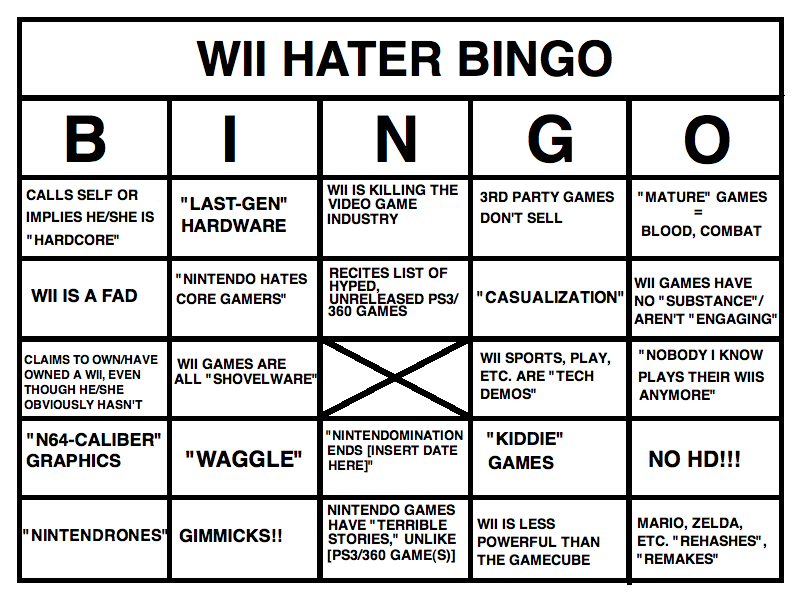
Again, looking back at 2013, none of the GOTY candidates were released either on the PS4 or the Xbone. Games like The Last of Us, Gran Turismo 5, and Grand Theft Auto 5 (multi-platform) were released on last gen systems (mostly PS3; I can’t think of a notable exclusive for the 360 in the past year), and we know that the Wii U is at least on par with their hardware. If the Xbox, PS2, and GCN generation is any indication, we should expect games to be released on the PS3 and Xbox 360 for sometime longer now because, game developers would be foolish to ignore the already-established install bases of those platforms. Sadly, to make the argument that the Wii U is underpowered, one would have to exercise logic similar to that seen in the days of the Dreamcast when the PS2 was to be released a year later. Notwithstanding, Sega being left in financial ruin due to the failures of its previous two consoles, the 32x and Saturn, a formidable combination of consumer brand loyalty, rampant fanboyism, and powerhouse marketing rendered many gamers idle when it came time to vote with their dollars. “I’ll wait until the PS2 comes out next year,” they said, missing out on what I believe to be the greatest console of all time.
In other words, the Wii U was summarily dismissed by hardware-heads before it even hit the market. Such a shallow mentality nullifies any merit the “Wii U has no games” theory, limiting it to merely a stratification method because it truly does not matter what kinds of games are on the system if one is never interested in buying it because it in the first place because fails the sex appeal test before launch.